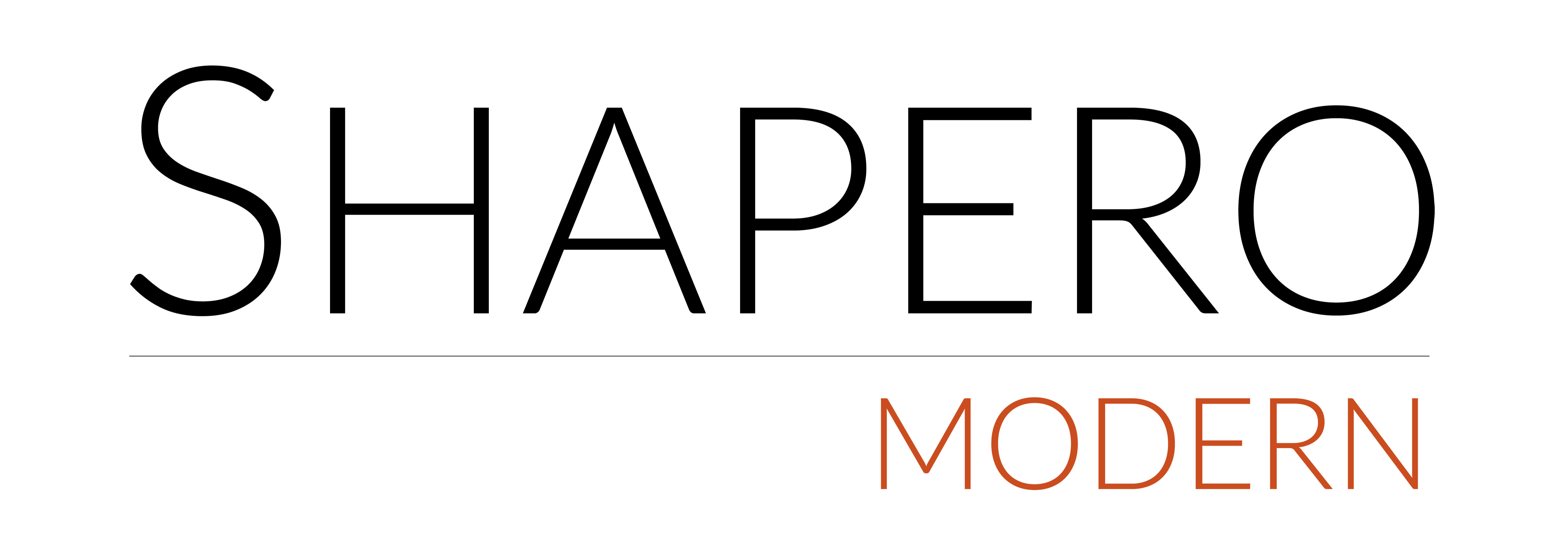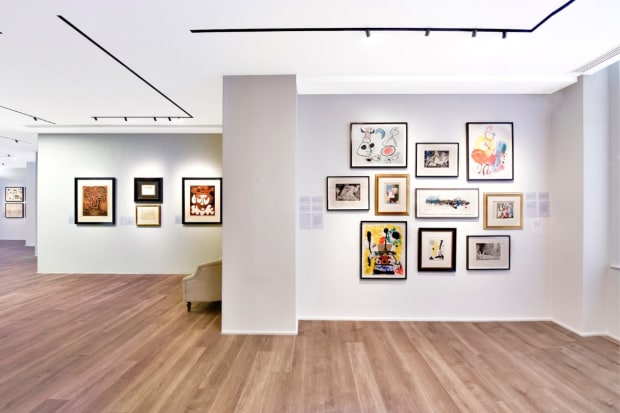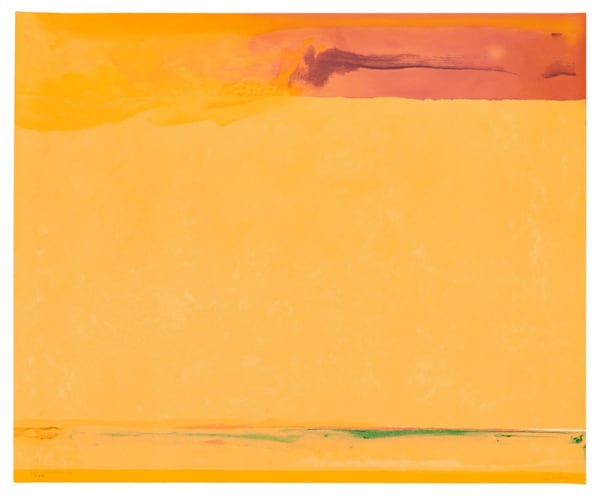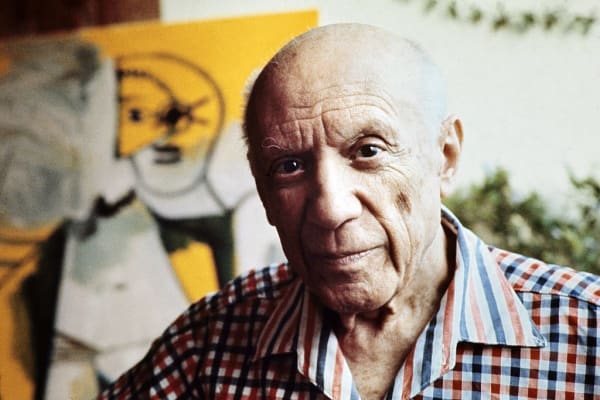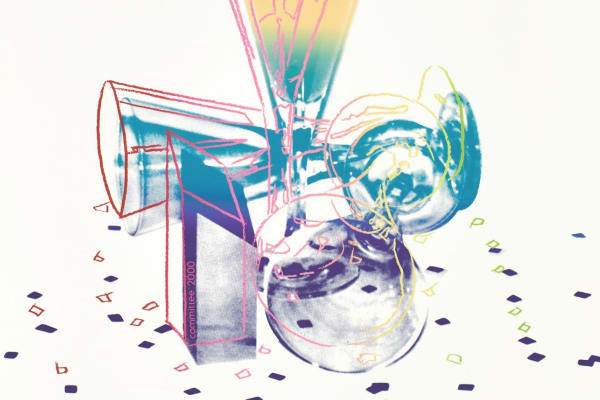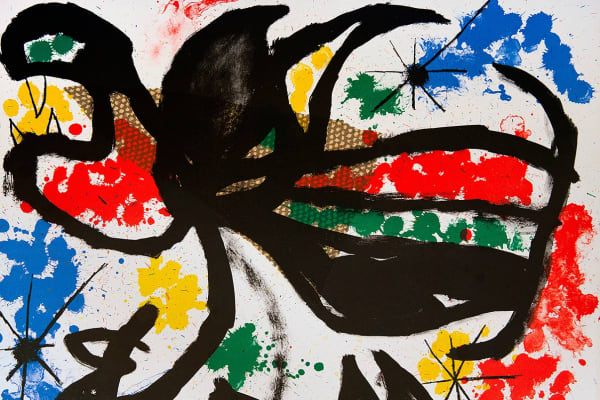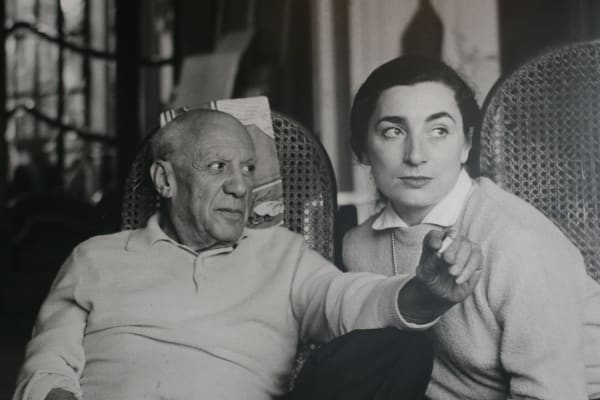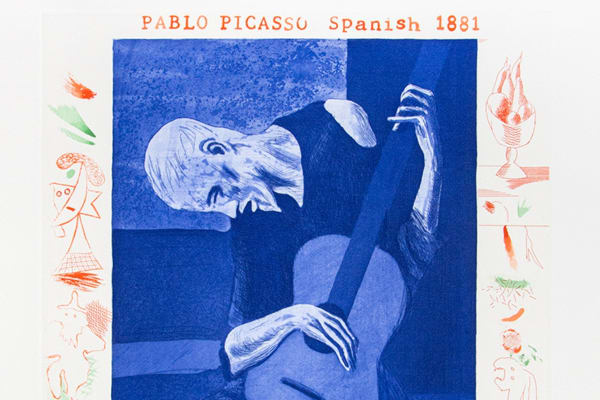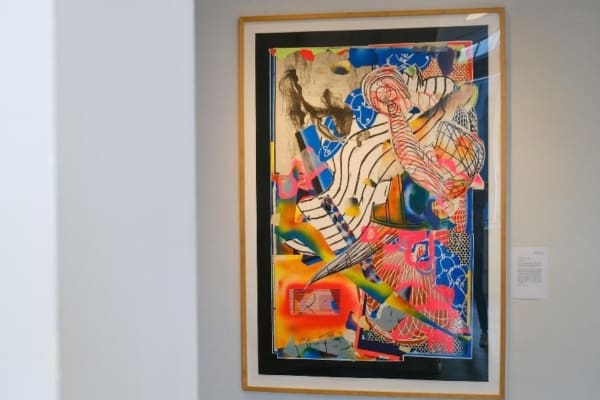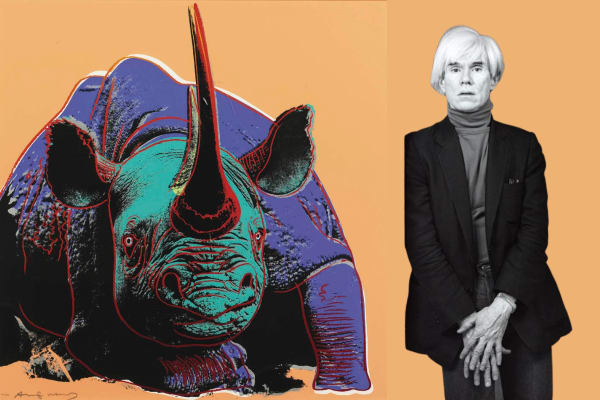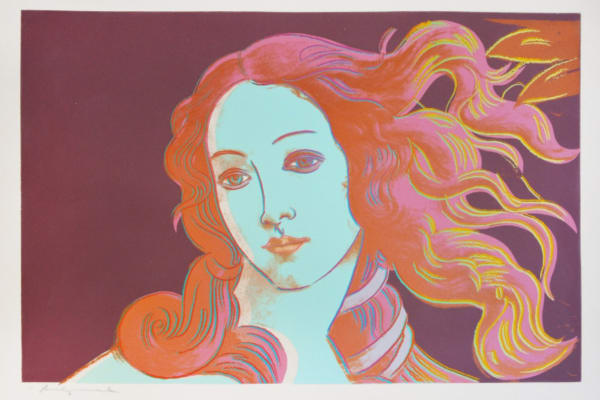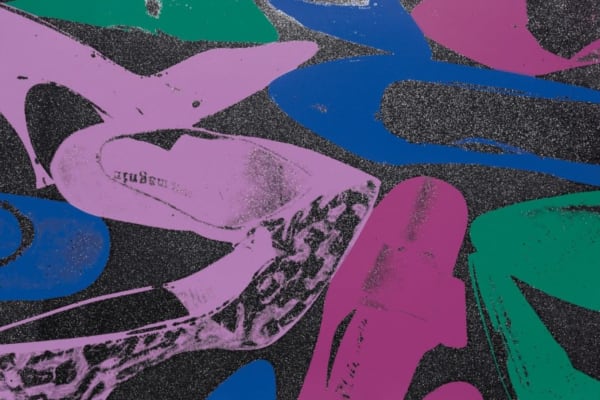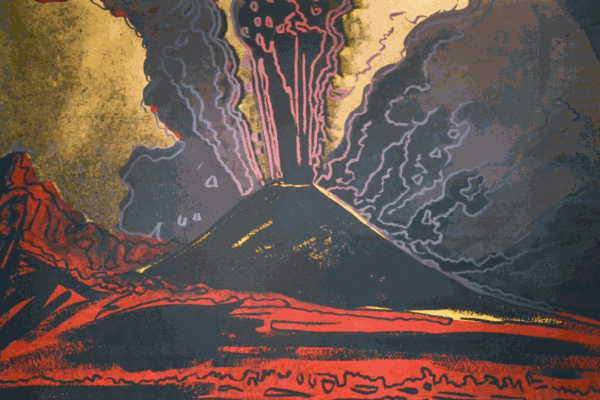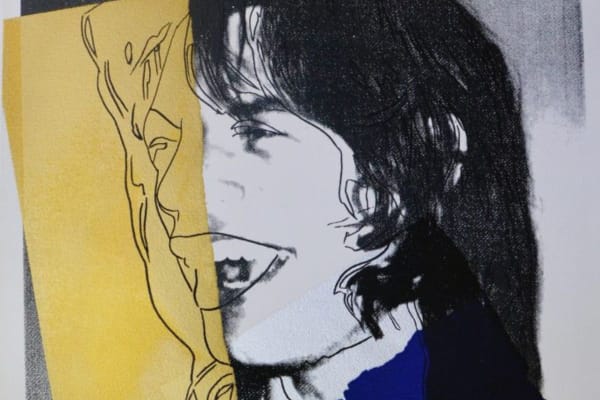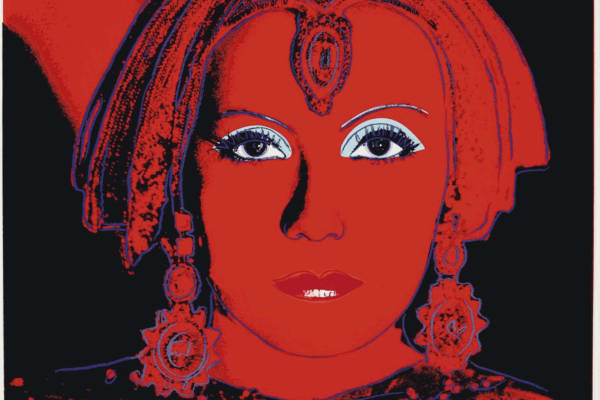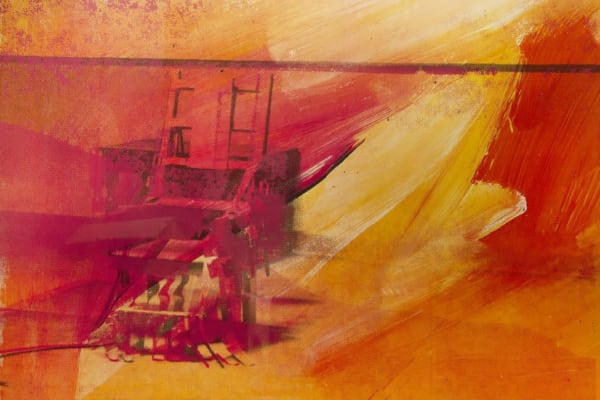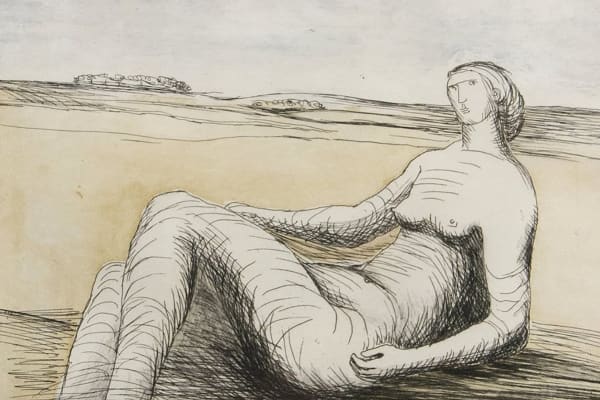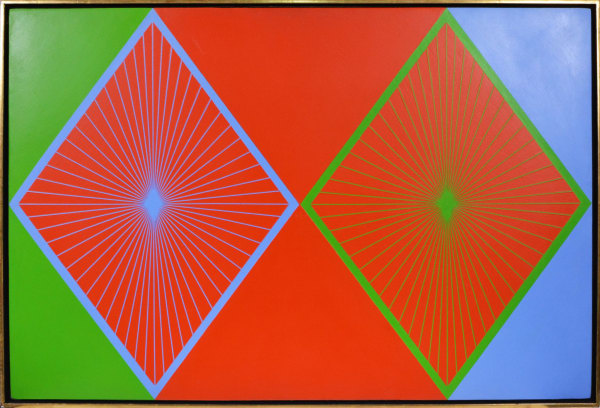Shapero Modern's art blog unpacks the world of modern art through editorial content, specialist selections, market news, and collecting guides.
-

-
-

The Spaces of Helen Frankenthaler
February 15, 2024 -

Picasso: The Places That Defined Him (Part 2)
May 24, 2023 -

Picasso: The Places That Defined Him (Part 1)
May 3, 2023 -

Visitor breaks iconic balloon dog sculpture in Miami
February 20, 2023 -

Andy Warhol's Blotted Line Drawing
February 6, 2023 -

Frank Stella: The Waves
November 29, 2022 -

#WarholWednesday - Committee 2000
September 14, 2022 -

Jasper Johns | Process and Printmaking
September 12, 2022 -

Summer Show 2022 | Joan Miró
August 10, 2022 -

Summer Show | Roy Lichtenstein
August 10, 2022 -

Pablo Picasso
July 14, 2022 -

Intaglio Printmaking
-

Summer Show 2022 | Tunji Adeniyi-Jones
July 8, 2022 -

Summer Show 2022 | Frank Stella
July 1, 2022 -

#WarholWednesday - Black Rhinoceros
June 15, 2022 -

#WarholWednesday - Birth of Venus
June 8, 2022 -

#WarholWednesday - Shoes
June 1, 2022 -

#WarholWednesday - Vesuvius
May 25, 2022 -

#WarholWednesday - Mick Jagger
May 20, 2022 -

#WarholWednesday - The Star
May 13, 2022 -

#WarholWednesday - Turtle
May 4, 2022 -

#WarholWednesday - Electric Chair
April 27, 2022 -

#WarholWednesday - Kiku
April 20, 2022 -

Henry Moore: Shaping an Artist
November 8, 2021 -

Op Art in Three Acts: France, England and United States
Victor Vasarely, Bridget Riley and Richard Anuszkiewicz July 21, 2021 -

Robert Rauschenberg Facts: Five Things to Know
July 5, 2021
-
